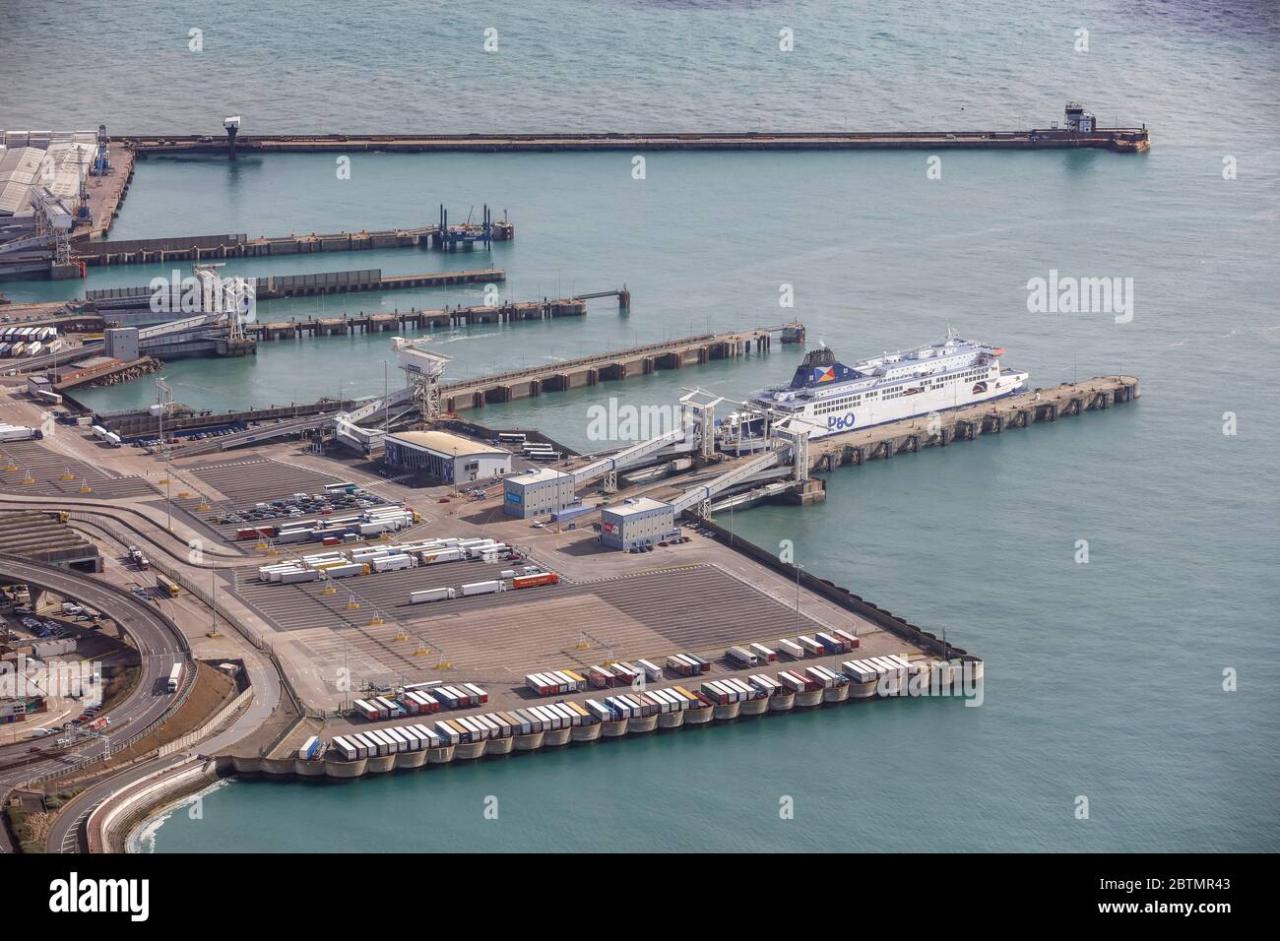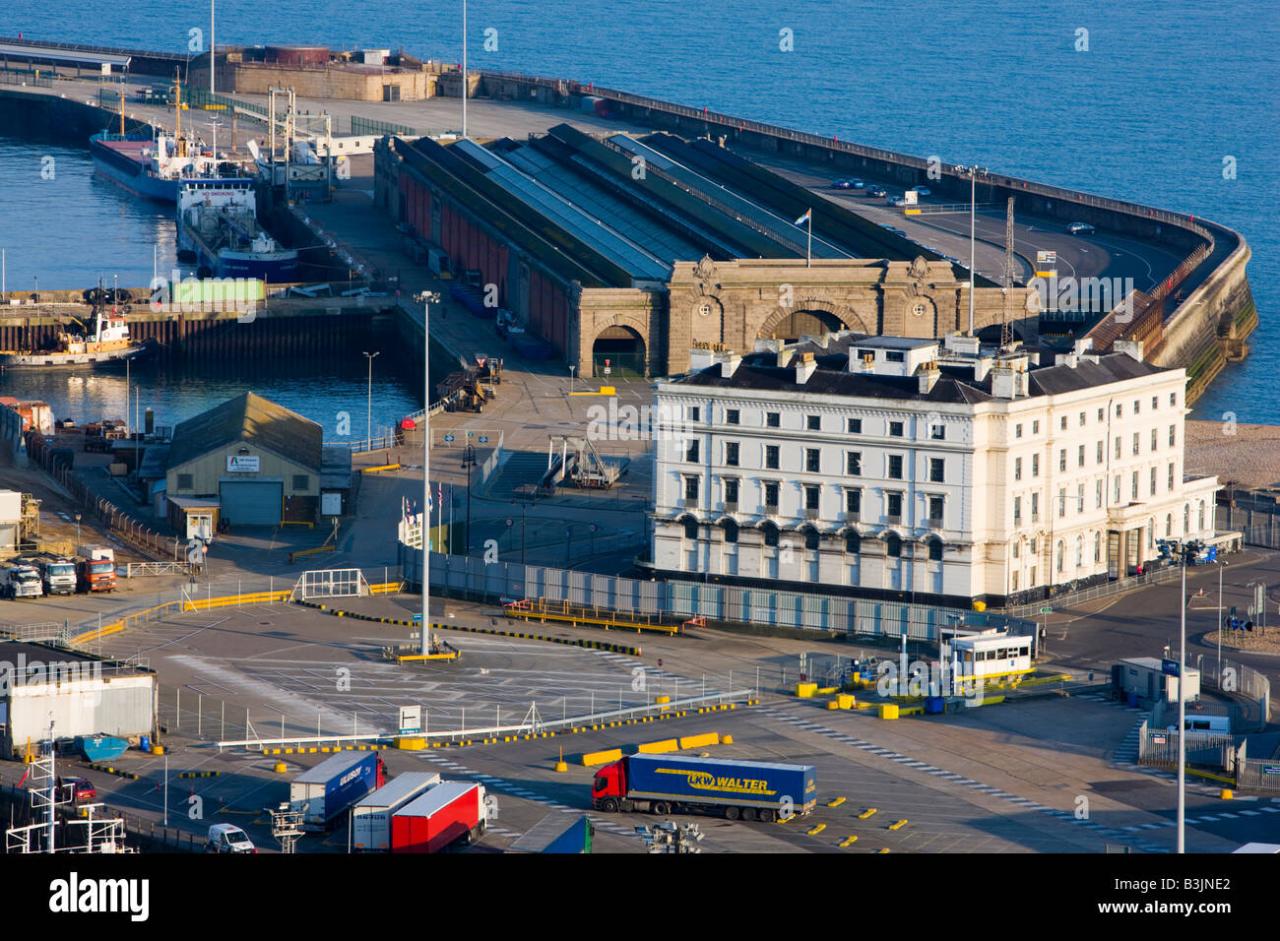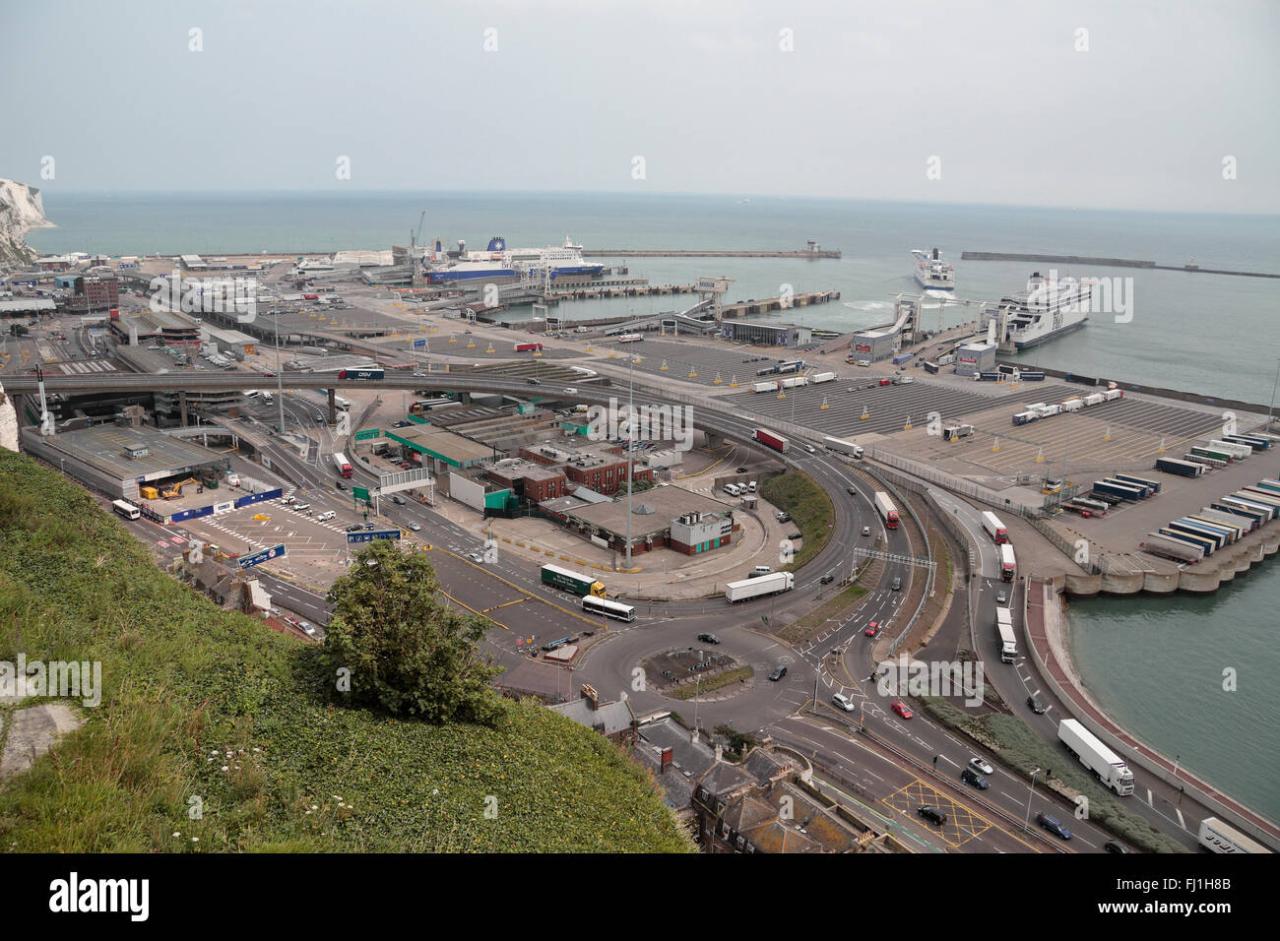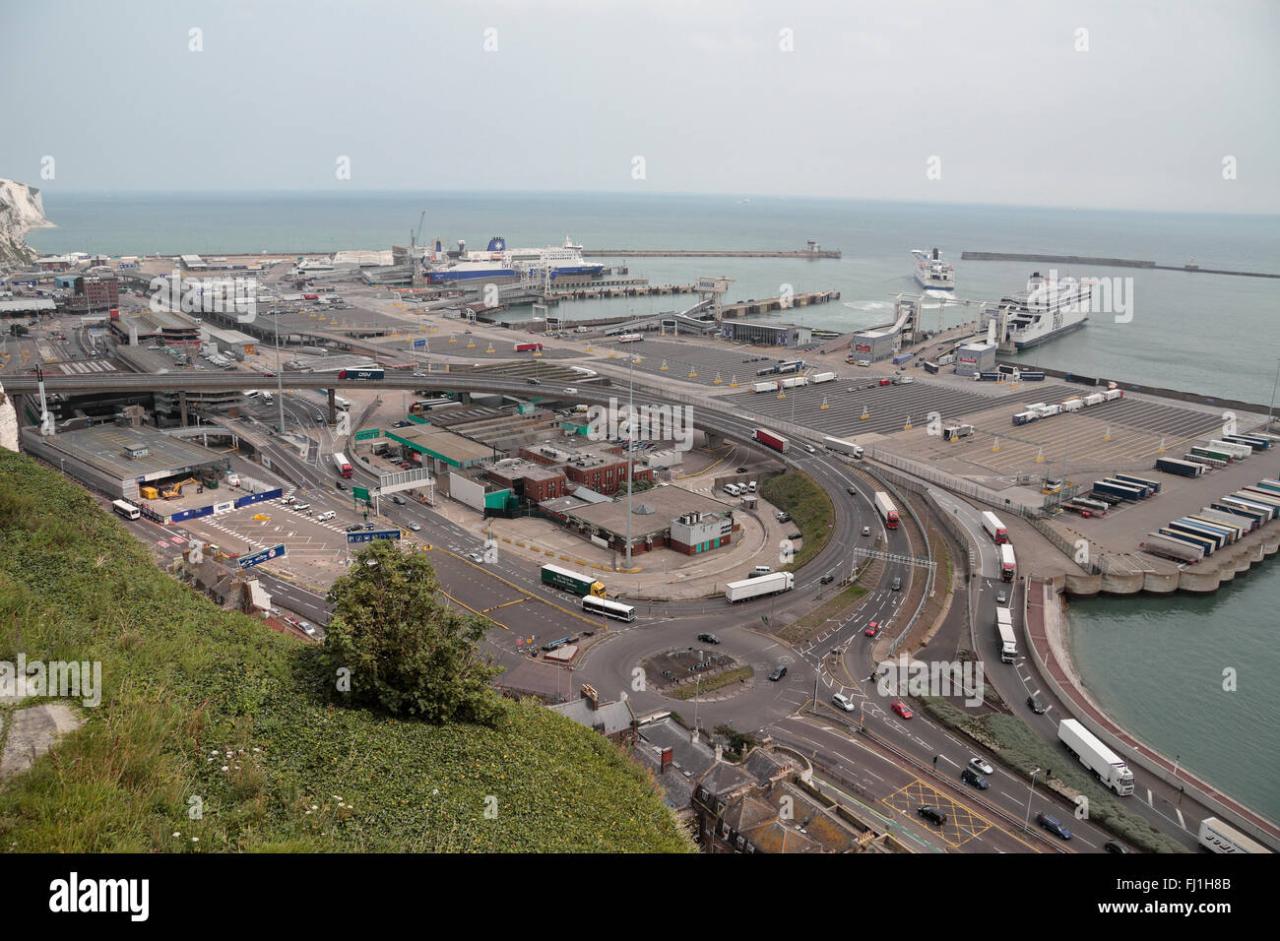Port Dover camera surveillance plays a vital role in ensuring public safety and security. This system encompasses a network of strategically placed cameras across various locations, offering comprehensive coverage of the town. Understanding the types of cameras used, their coverage areas, and the accessibility of footage is crucial for both residents and visitors. This exploration delves into the technical aspects, legal considerations, and overall impact of this surveillance network on the community.
From the bustling downtown core to the serene harbor and beaches, Port Dover’s camera network provides a multifaceted approach to security. Different camera types, ranging from standard CCTV to advanced IP cameras, are employed to cater to specific needs and environments. The system’s design, maintenance, and the legal framework governing access to recorded footage all contribute to its effectiveness and responsible use.
Port Dover Camera System Overview
Port Dover’s camera network plays a crucial role in enhancing public safety and security. This system comprises various camera types strategically positioned throughout the town, offering comprehensive coverage of key areas. This document details the locations, types, accessibility, impact, infrastructure, and visual representation of Port Dover’s camera network.
The Port Dover camera network, known for its wide-angle views of the lakefront, recently experienced a surge in unusual activity. This prompted concerns about potential misuse, especially considering a recent incident where a drone was shot down in New Jersey, as reported here: drone shot down in nj. The Port Dover authorities are now reviewing footage to ensure the safety and security of the community and its picturesque waterfront.
Port Dover Camera Locations & Coverage

Cameras are strategically placed throughout Port Dover to provide comprehensive surveillance. The locations are categorized for better understanding of coverage areas.
| Location | Camera Type | View | Notes |
|---|---|---|---|
| Downtown Main Street | High-resolution IP cameras, dome cameras | Wide view of the street, encompassing businesses and pedestrian areas. | Monitors pedestrian and vehicular traffic, providing coverage of potential crime hotspots. |
| Port Dover Harbour | Panoramic CCTV cameras, weatherproof IP cameras | Broad view of the harbour, including docks, boats, and surrounding areas. | Focuses on maritime activities, security of vessels, and potential emergencies. |
| Sherwood Beach | Dome cameras, PTZ (Pan-Tilt-Zoom) cameras | Covers the beach area, focusing on the shoreline and surrounding parking lots. | Monitors beach activity, parking, and potential incidents. |
| Main Street Intersection (at the lighthouse) | Traffic cameras, high-resolution IP cameras | Intersections, providing a clear view of traffic flow and pedestrian crossings. | Supports traffic management and accident investigation. |
While the system aims for comprehensive coverage, blind spots exist in less frequented alleys and some residential areas. Limited coverage may also be present in densely wooded areas bordering the town.
Types of Cameras Used in Port Dover
Port Dover utilizes a mix of camera technologies to ensure effective surveillance. Each type offers unique capabilities.
- CCTV Cameras: Traditional closed-circuit television cameras provide basic surveillance, often used in less critical areas.
- IP Cameras: Network-connected IP cameras offer high-resolution images and remote accessibility, often used in high-traffic areas.
- Dome Cameras: Discreet dome cameras provide a wide field of view and are resistant to vandalism, commonly used in public spaces.
- PTZ (Pan-Tilt-Zoom) Cameras: These cameras allow remote control of pan, tilt, and zoom functions, offering flexibility in monitoring specific areas.
For instance, PTZ cameras are strategically placed near the harbour to allow for close monitoring of boat activity, while high-resolution IP cameras are used along Main Street to capture clear images of potential criminal activity.
Port Dover Camera Footage Accessibility & Usage
Access to Port Dover camera footage is strictly regulated to protect individual privacy and ensure legal compliance. Requests must adhere to strict guidelines.
Law enforcement agencies can access footage through proper channels with a warrant or court order. Individuals involved in accidents may request footage relevant to their case, providing valid identification and a clear explanation of the need for access. A detailed request form must be submitted and approved by the relevant authorities.
A hypothetical procedure for managing and archiving footage would include secure storage, data encryption, and regular backups. Footage would be retained for a specified period (e.g., 30-90 days), with exceptions for legal investigations.
Impact of Port Dover Cameras on Safety & Security

The camera system has demonstrably improved safety and security in Port Dover. The visible presence of cameras acts as a deterrent to crime, reducing incidents of vandalism and theft.
In several instances, camera footage has assisted in identifying suspects in crimes and resolving traffic accidents. For example, footage from a downtown camera helped identify a shoplifter, leading to their arrest. However, potential drawbacks include concerns about privacy and the potential for misuse of the data. Clear guidelines and policies are essential to mitigate these risks.
Port Dover Camera Infrastructure & Maintenance

The camera system relies on a robust infrastructure to ensure continuous operation. This includes a network of fiber optic cables for data transmission, power supplies at each camera location, and a central monitoring station.
Regular maintenance includes inspections, cleaning, and software updates. Preventive measures such as weatherproofing and surge protection are implemented to ensure longevity. To improve reliability, redundant power supplies and network connections could be implemented.
Visual Representation of Port Dover Camera Coverage
A detailed map showing camera locations and coverage would include key landmarks such as the Port Dover Lighthouse, the harbour, Sherwood Beach, and Main Street. The map would use color-coding to indicate the range and type of each camera.
A panoramic view from a camera overlooking the harbour would show the waterfront, boats docked at the marina, the lighthouse, and the surrounding buildings. Details like boat numbers and license plates would be clearly visible. A close-up from a camera on Main Street might show a pedestrian crossing, vehicular traffic, and details of individual faces (with consideration for privacy laws).
Port Dover’s camera surveillance system presents a complex interplay of safety, security, and privacy. While it undeniably enhances crime prevention and assists in investigations, responsible management and ethical considerations remain paramount. Continued development and improvement of the infrastructure, alongside transparent policies regarding data access, are key to ensuring the system’s long-term effectiveness and public trust. The ongoing balance between security and individual rights necessitates a thoughtful and adaptive approach to the use of this technology.
Expert Answers
Who owns and operates the Port Dover camera system?
This information would typically be available through the local municipal government’s website or by contacting them directly.
Port Dover’s vibrant waterfront offers stunning photographic opportunities, capturing the essence of this charming town. For those seeking superior image quality and a compact design, a camera like the fujifilm x100v would be an excellent choice. Its exceptional lens and sensor provide remarkable detail, perfectly suited for capturing the lively atmosphere and picturesque scenes of Port Dover.
Whether it’s the bustling harbour or the quiet beauty of the surrounding landscape, the right camera can elevate your Port Dover photography.
How long is camera footage stored?
Data retention policies vary. Contacting the relevant authorities would provide the specific duration for Port Dover.
What happens if a camera malfunctions?
There are likely maintenance protocols in place to address malfunctions promptly. The local municipality would handle repairs and replacements.
Are there any plans for expanding the camera network?
Future expansion plans would likely be part of the municipality’s public works or safety initiatives. Information may be available through official channels.
